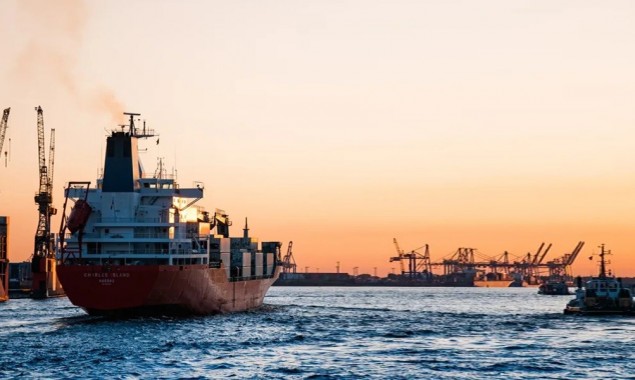
Foreign Minister Shah Mehmood Qureshi announced at the recent International Maritime Conference in Karachi that the government was taking steps to promote the Blue Economy.
In this regard, Admiral Amjad Niazi, Chief of Naval Staff of Pakistan, said that Pakistan Maritime Security Agency has to play an important role in developing and promoting the Blue Economy by the government.
In addition to the announcements made by Pakistan’s top civil and military officials to promote the Blue Economy, Pakistan’s Ministry of Maritime Affairs announced last year that 2020 would be the Year of the Blue Economy. Could not be launched at the official level.
If the growth of the Blue Economy in Pakistan is compared with other countries in the region, especially Bangladesh and India, then Pakistan is lagging behind in reaping the Blue Economy and its financial benefits from both of them.
Experts in Blue Economy and Maritime Affairs say that there is no development in Pakistan in this regard due to lack of awareness and unavailability of required infrastructure, inattention of governments and lack of necessary huge investments. There are many reasons.
What is the Blue Economy and how does it work?
The water-based economy is called the Blue Economy. Ever since man started economic activities, trade through water has played a key role. Today, 90 per cent of the world’s trade is conducted through water, including both rivers and seas.
Not only trade in goods by sea and river is involved, but the concept of the blue economy is very broad, which includes fishing and processing of marine products and their trade and exports. This includes the shipping sector and the shipbreaking industry. The Blue Economy also covers mangroves, as well as the coastal region and its tourism sector. This includes offshore oil building and extraction of oil from the seabed. It also includes marine biotechnology.
Just as a country’s economy is measured by its GNP (gross national product) and its gross national value, so is the Gross Marine Product (GMP) applied to determine the value of the Blue Economy.
The GNP of the Blue Economy in the world is $2.5 trillion or $2500 billion.
What is the state of Pakistan’s blue economy?
The situation of the Blue Economy in Pakistan is not very encouraging.
The GMP of Pakistan’s blue economy is only close to $1.5 billion and it is limited to a few sectors compared to many other sectors of the blue economy in the world. These include fisheries, shipping, shipbreaking industry, mangroves and non-existent coastal tourism.
Many sectors of the blue economy were completely missing in Pakistan due to which it could not develop.
Commenting on the situation of Blue Economy in the country, Vice Admiral (Retd) Iftikhar Ahmad Rao, author of the book Elements of Blue Economy, said that two new shipyards were announced in Pakistan in 2007 but it has been implemented till date. It could not be estimated how it could not be promoted in the country.
Where does Pakistan stand compared to the region?
In the field of the blue economy, if Pakistan is compared with the countries of the region, then the situation of the country is not remarkable. Bangladesh and India are far ahead of Pakistan in the blue economy.
In terms of GMP in terms of Blue Economy, Pakistan’s GMP is $1.5 billion, while Bangladesh’s GMP is about $6 billion and so is India. It has reached six billion dollars.
India had formulated a 15-year master plan to make itself a ‘Blue Nation’ which he named ‘Sagar Mala’, through which he could promote various sectors of the Blue Economy. Similarly, Bangladesh has taken a number of steps to make its blue economy run smoothly and make it a key part of its five-year plan to improve the value-added chain of the fish industry.
The competition in Pakistan and other countries in the region can be gauged from the fact that Pakistani fish is being sold abroad at two to three dollars per kg, while fish from Bangladesh and India is being sold abroad. It sells for six to seven dollars per kilogram. Due to this, we have a poor fish processing system and special attention was paid to it in these countries.
What can Pakistan learn from India and Bangladesh?
Pakistan must give importance to the blue economy in its national priorities.
Just as India has given it a prominent place in its economic policy and Bangladesh has made it a priority in its planning policy, so too must Pakistan work along these lines.
The private sector is at the forefront of India’s Sagar Mala’ project. Pakistan also needs to encourage the private sector because, without it, the potential in the sector cannot be tapped.
Like India and Bangladesh, we have to help the private sector in this area.
In these two countries, cheap loans are given to the fisheries sector through microfinance, but there is no such situation in Pakistan.
Many fishermen here in Pakistan do not even have identity cards, so how can they get loans.
Read More News On
Catch all the Business News, Breaking News Event and Latest News Updates on The BOL News
Download The BOL News App to get the Daily News Update & Follow us on Google News.




